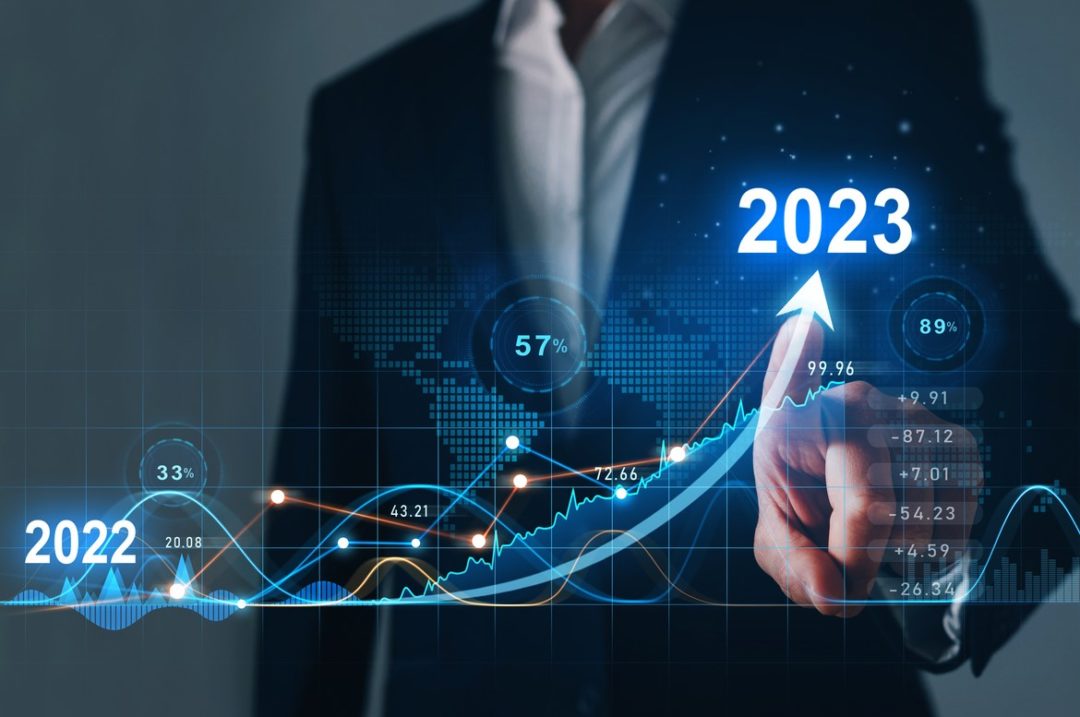
Someday, we’ll regale our grandchildren with tales of the COVID-19 era — about how, at the height of the global lockdown, venturing from our homes was virtually unthinkable without masks, hand sanitizer, social distancing and conducting essential business behind plexiglass.
Now, three years after the pandemic upended our lives, we’re seeing light at the end of the tunnel. Yet some things will never quite return to the way they used to be. In both our personal and professional lives, we’ve adapted, and continue to do so.
At the outset of the worldwide lockdown, some retailers simply disregarded their forecasting resources and hunkered down into “survival mode.” At the same time, consumer packaged goods suppliers took broader steps, such as completely pausing production of secondary product lines to focus on keeping mainstays on store shelves. In hindsight, would more accurate data intelligence have better managed the bottom line, while not depriving customers of their favorite products?
In the midst of this wild ride, data-driven demand forecasting became even more important — significantly more complex, yet far from impossible. The growing role of artificial intelligence and machine learning have enabled retailers and CPGs to draw on a wealth of real-time internal and external variables, and create forecasts that allow them to stay ahead of ever-changing demand.
At this three-year milestone, it’s a good time to do some introspection about how relationships between retail and CPG customers and data-forecasting vendors evolved during the height of the pandemic. Following are some observations.
Communication is more vital than ever. When it became clear that “business as usual” wasn’t happening, daily touchpoints between customers and vendors became more important than ever.
The severity of the times sometimes meant acknowledging hard truths by customers and vendors, but it also affirmed how bilateral transparency was essential for defining challenges and collaborating. Simply put, we became clearer about being clear.
Patterns continue to zigzag. Even if we’re finally entering a post-pandemic economy, consumer demand is still subject to abrupt twists and turns, affected by inflation and supply fluctuations. In the apparel sector, brick-and mortar stores abruptly closed, yet not all retailers experienced a corresponding surge in online sales. At the same time, food and beverage CPGs witnessed unexpected spikes and stockouts. Other product categories unexpectedly trended up or down, or didn’t move as the latest data had suggested.
In this radically altered playing field, the nature of data-driven forecasting needed to evolve. Beyond forward-thinking goals for the next quarter, what are the numbers telling us now? Why are they telling us this? And where can we pivot today, to achieve better outcomes?
Contrary to what some recent headlines may imply, AI and human intelligence are still not mutually exclusive. In some cases, AI-driven output requires a bit of outside-the box human analysis to determine an extenuating cause. Some examples:
- An observed sharp uptick of mascara sales, with drops in lipstick sales during the same timeframes. The cause: Mask mandates accentuated female consumers’ attention to their eyes, while their mouths were covered in public.
- Sales of hair clippers and other home grooming products surged, because barbershops and salons were shuttered for months.
We’re seeing more trials, and more errors. Like any branch of science, AI and advanced analytics are based around theory, experimentation and trial-and-error. Abnormal conditions stemming from the pandemic would increase the errors. Even the most experienced data scientists would come forward with a variety of intriguing new hypotheses — which, when applied, would sometimes surprisingly fall flat.
Retailers and CPGs alike can find solace in the supposed words of Albert Einstein: “A person who never made a mistake never tried anything new.” Our mistakes, as well as the occasional “happy accidents” that unexpectedly yield valued insights, have accelerated development of better AI and machine-learning solutions for analyzing market influences and syncing retail inventory with shifting customer demand. In the face of a world turned upside-down, necessity became the mother of innovation.
As 2023 takes shape, perhaps the best news is that we can continue to feel less anxiety over physical proximity to fellow humans. By the same token, we can expect our retail economy to still be buffeted by inflation and lingering supply chain disruptions for some time to come. Data-driven forecasting, backed by proactive relationships between retailers and CPGs, will play a larger role in determining where we are, how we got here, and where we want to go.
Sivakumar Lakshmanan is head of antuit.ai, the AI forecasting and supply chain business unit of Zebra Technologies.







